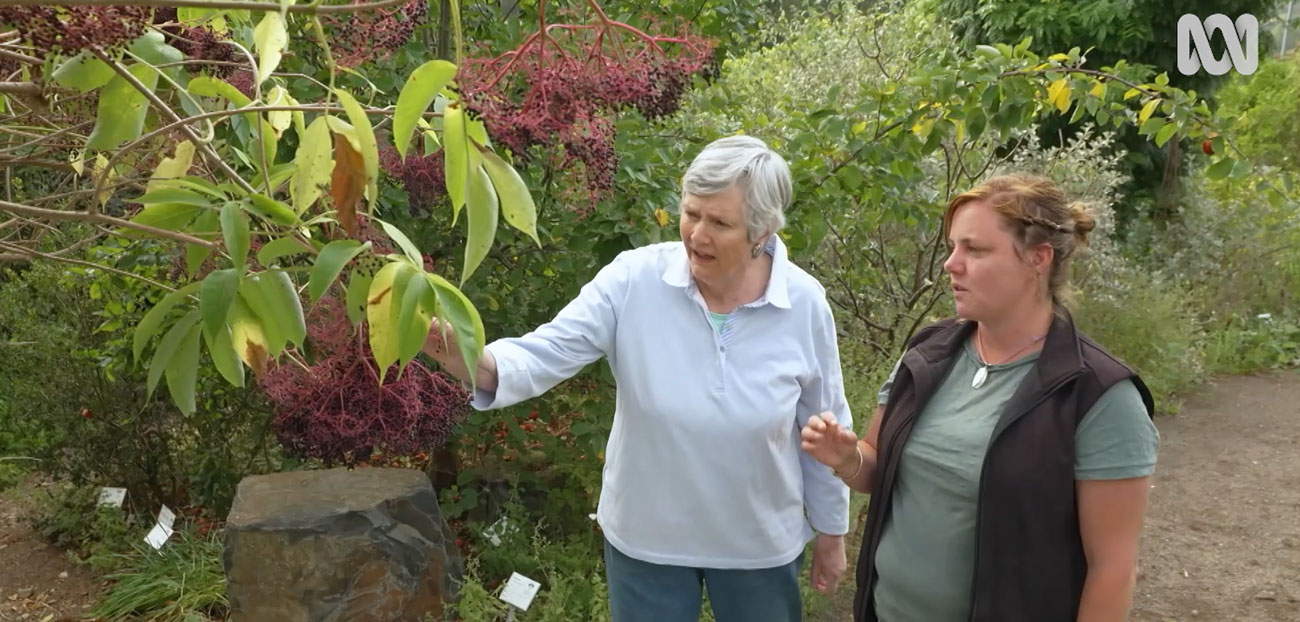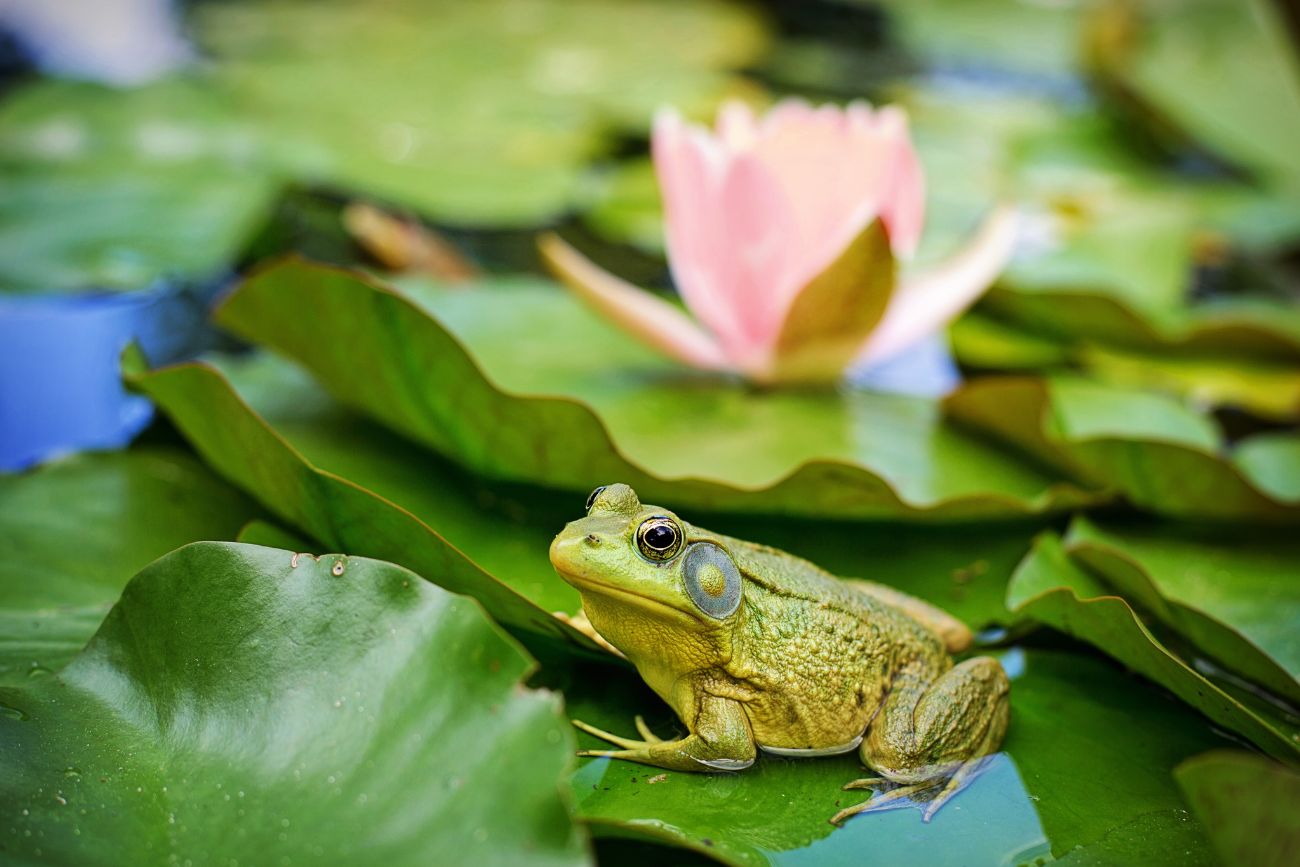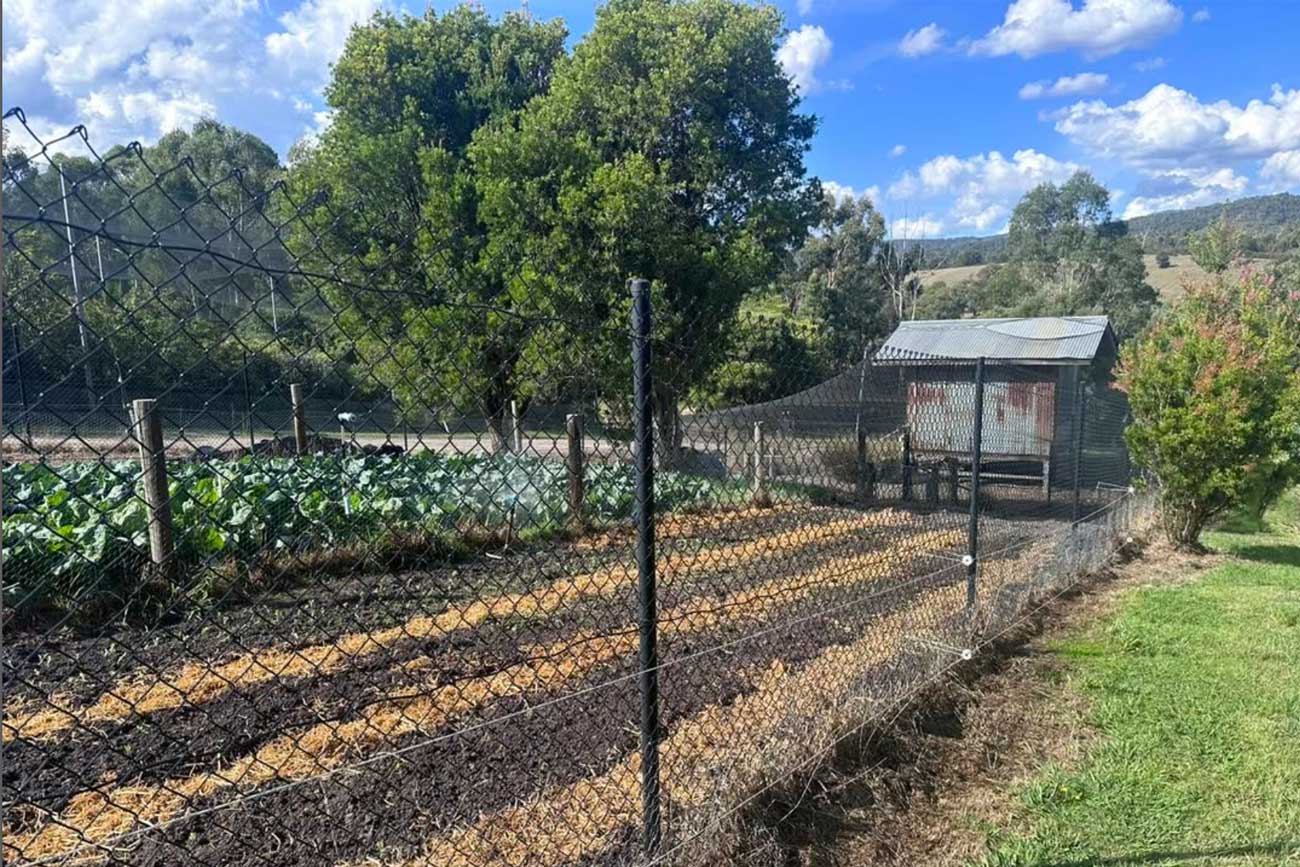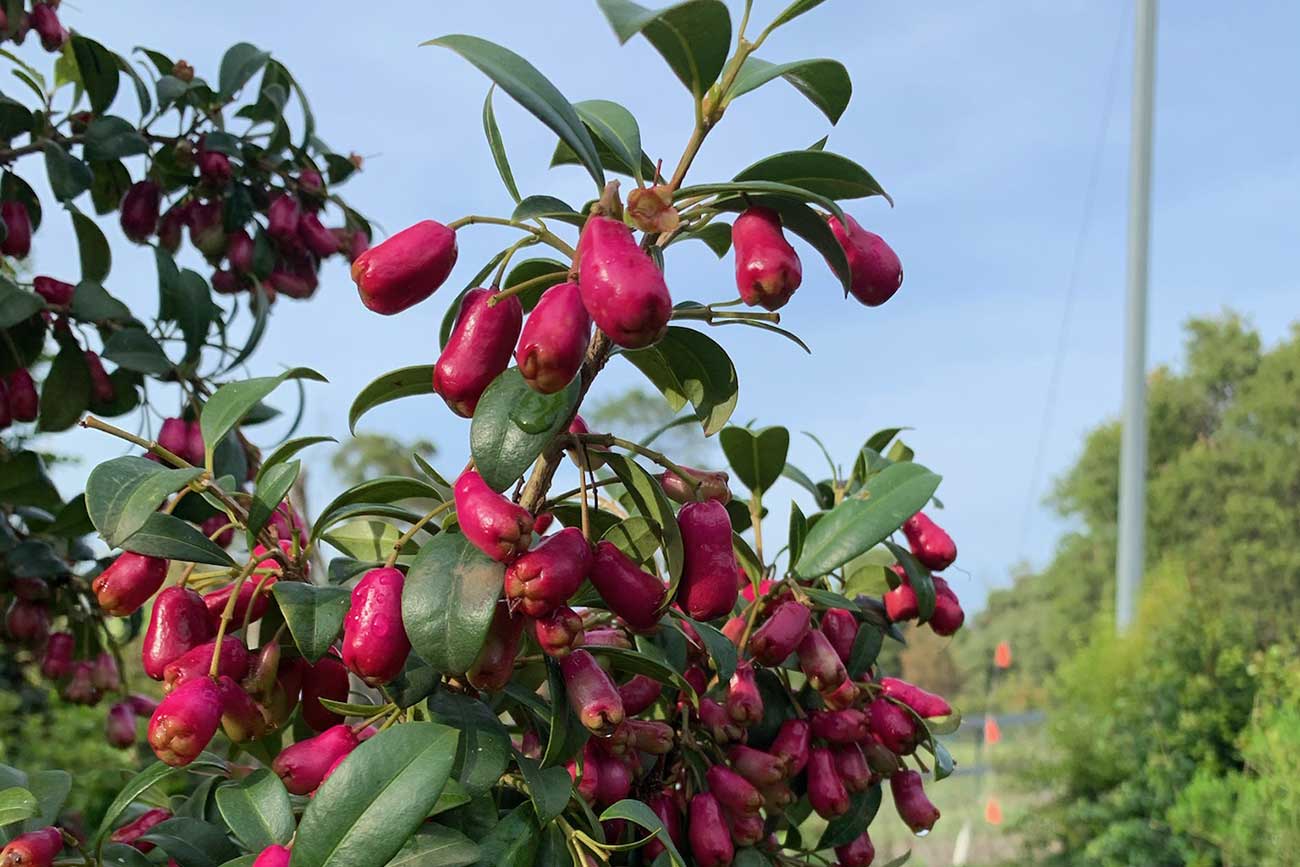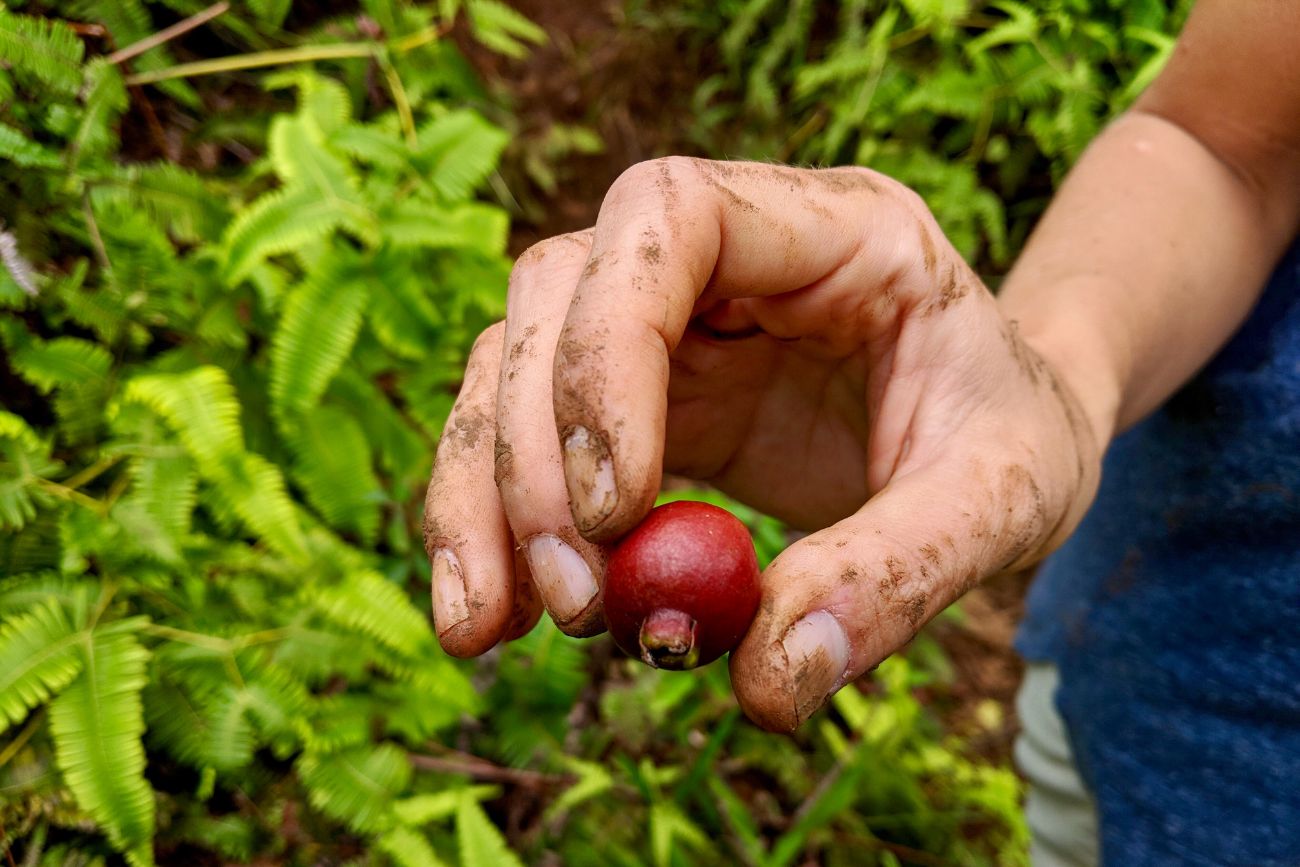Everyone knows it has been a crazy few months, so I won’t dwell on it – although I want to talk about the benefits of growing your own food. Not only does it taste better, it is often more nutrient rich and fresher too. Growing your own food allows you time to reconnect with nature and it is very rewarding too. Recent Coronavirus panic buying of seeds and seedlings may have emptied the shelves of your local store and gives us another reason to consider growing your own food.
Not all of us are lucky enough to have an Edible Forest to walk through each day to provide our daily greens; although all you need is a small space at home that you can invest some time and physical labour to; and it will provide you with the benefits for years to come.
Depending if you are growing in pots or in the ground, remember edible plants require lots of sun so consider the shadows in your garden over June & July.
Seeds require a little more TLC with the right amount of moisture and heat to germinate, but don’t let that discourage you from starting, as there are some great seedlings and growing plants that you can put in your garden today that will give you the satisfaction of seeing what you are growing immediately.
Here are 5 of my top plants for this time of year;
Rock Samphire; Grows well in rocky areas (as the name suggests), it looks great in any garden and tastes great too. It’s got a soft, succulent small leaf and it tastes a bit like a mild peppered celery. It goes really well with fish and its fleshy leaves can be cooked up like asparagus or turned into a salty pickle. It’s high in antioxidants, is a natural source of fibre, rich in calcium and is anti-inflammatory too.
Pineapple Sage; A beautiful red flower that bursts bright in winter. It has a different flavour to common garden sage and is best used fresh to preserve the flavour. The leaves and flowers are both edible and may be used as part of salads or as garnishes. They are a nice addition to fruit salads as the crushed leaves will impart a pineapple aroma. They can also be used in cold soups, to garnish cool drinks and iced or herbal teas. An interesting idea is to mix chopped leaves with cream cheese for a tasty spread.
River mint; Is a smaller, more delicate relative of more well-known mints like peppermint and spearmint. As bush tucker it has long been used in Aboriginal culture as a flavoursome bushfood, insect repellent and medicinal herb. It is the perfect Aussie replacement or substitute for other types of mint, or a fantastic addition to a native herb garden. Use it liberally, fresh or dried, when making sauces, salads, dressing, dips, roasts, desserts, teas, cocktails and water infusions. The crushed leaves, when sniffed, is said to relieve a headache.
Perennial basil; Not only is it the ultimate bee attracting plant, it is also fantastic as an edible & medicinal plant. It tastes similar to sweet basil, but with a stronger, more spicy flavour. Younger leaves have the best flavour, and can be harvested at any time. While the abundant leaves can be used in similar ways to sweet basil, especially in a pesto as it gives a deeper, spicier flavour, we use the flower tips during winter for helping with coughs, colds and headaches. Simply seep in hot water with honey & freshly squeezed lemon juice and drink.
Sugarcane; In the Edible Forest, we use this plant to protect other frost intolerant plants (yes Sugarcane does grow in the Yarra Valley in Winter!) This variety is not invasive but offers tall shoots that can be harvested for juice which is rich in antioxidants so it helps fights infections and boosts your immunity. It’s rich in iron, magnesium, calcium and other electrolytes so it’s great for dehydration. It may help to cure the common cold and also fights fever as it boosts the body’s protein levels.
All available in the Edible Forest nursery for you to pick up and plant, offering unique and interesting options for your garden.
We hope to see you soon.
Louise




